I'm making a camera calibration toolkit. I'm using cv::calibrateCamera(...) funtion from opencv2/calib3d.hpp and this works fine for images which taken by fish-eye camera, at least undistorted image looks correct. However when I try this with images from my phone camera it produce interesting results that you can see below.
 Isn't that function proper to calibrate this kind camera? Which function that I have to use to calibrate this correctly?
Isn't that function proper to calibrate this kind camera? Which function that I have to use to calibrate this correctly?